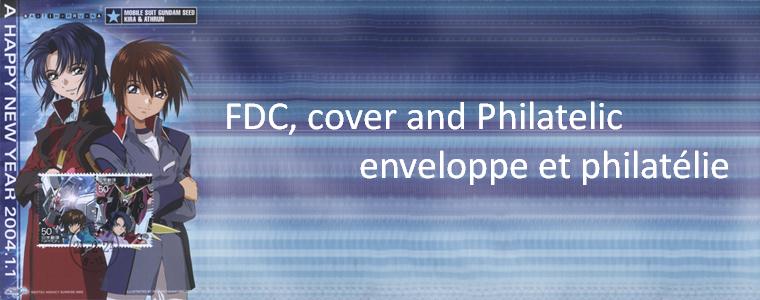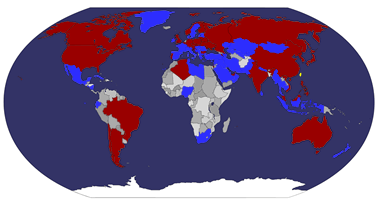Sergent Grenouille ou Sergent Keroro(Keroro Gunso)

 Keroro Gunsō (ケロロ軍曹, Keroro Gunsō, Sergeant Keroro), released in English as Sgt. Frog, is a manga series by Mine Yoshizaki. It was later serialized into a TV anime series directed by Junichi Sato. Both the anime and manga are comedies that follow the attempts of a platoon of frog-like alien invaders to conquer Earth. Sergeant Keroro, the titular character, is the leader of the platoon, but is at the mercy of a human family of three after he is captured while trying to hide in one of the family member's bedroom. In both the manga and anime, Keroro is forced to do meaningless chores and errands for the family after his army abandons his platoon on Earth.
Keroro Gunsō (ケロロ軍曹, Keroro Gunsō, Sergeant Keroro), released in English as Sgt. Frog, is a manga series by Mine Yoshizaki. It was later serialized into a TV anime series directed by Junichi Sato. Both the anime and manga are comedies that follow the attempts of a platoon of frog-like alien invaders to conquer Earth. Sergeant Keroro, the titular character, is the leader of the platoon, but is at the mercy of a human family of three after he is captured while trying to hide in one of the family member's bedroom. In both the manga and anime, Keroro is forced to do meaningless chores and errands for the family after his army abandons his platoon on Earth.The series takes its comedy from a combination of wordplay (particularly puns and homophones), physical humor, situational irony, and numerous pop culture references (especially to Gundam, Space Battleship Yamato, Dragon Ball Z, and Neon Genesis Evangelion)[1]. Various anime, games, manga, and other aspects of pop culture are parodied/referenced throughout the series as a bonus to older viewers. Both the manga and the anime are laden with pop-culture references, and even in the same story the references often vary wildly. The anime does not explicitly refer to Evangelion or other animations to which Bandai does not hold the copyrights, but only recreates the "feel" of famous scenes from these anime. The anime is much more detailed and direct in its Gundam references, however, since Bandai does hold rights to the Gundam franchise.
Keroro-gunsō (ケロロ軍曹, Keroro Gunsō) (en français, Sergent Grenouille ou Sergent Keroro) est un manga humoristique, créé par Mine Yoshizaki et prépublié dans le magazine Shōnen Ace. 19 volumes sont parus au Japon chez Kadokawa depuis 1999 et 14 en français chez Kana depuis 2007.
À l'origine écrit par Mine Yoshizaki dans un but humoristique, le manga fut tout de suite un succès auprès des collégiens, lycéens et amateurs de mangas. Ensuite, sa popularité s'est étendue quand l'anime, appelé Keroro, mission Titar (à partir de l'épisode 14, le titre est renommé Keroro), a commencé à être diffusé à Tōkyō en 2004.
L'humour du manga est produit par l'usage de jeux de mots (en particulier de calembours et d'homophones), de mimiques, de comique de situation. De plus, des références et des parodies sont constamment faites à la culture populaire (en particulier des mangas et séries de Gundam), rendant l'humour difficile à apprécier pour les plus jeunes. On y retrouve par exemple des références à la série Evangelion mais celles-ci restent très implicites car Bandai ne dispose pas des droits de celle-ci. Le manga a donc seulement recréé les sensations propres aux scènes connues de ces séries. Les références aux mangas de Gundam sont elles beaucoup plus explicites, parce que Bandai dispose des droits.









.jpg)























 taiwan
taiwan  cover or postcard
cover or postcard  FDC
FDC 






























































































No comments:
Post a Comment